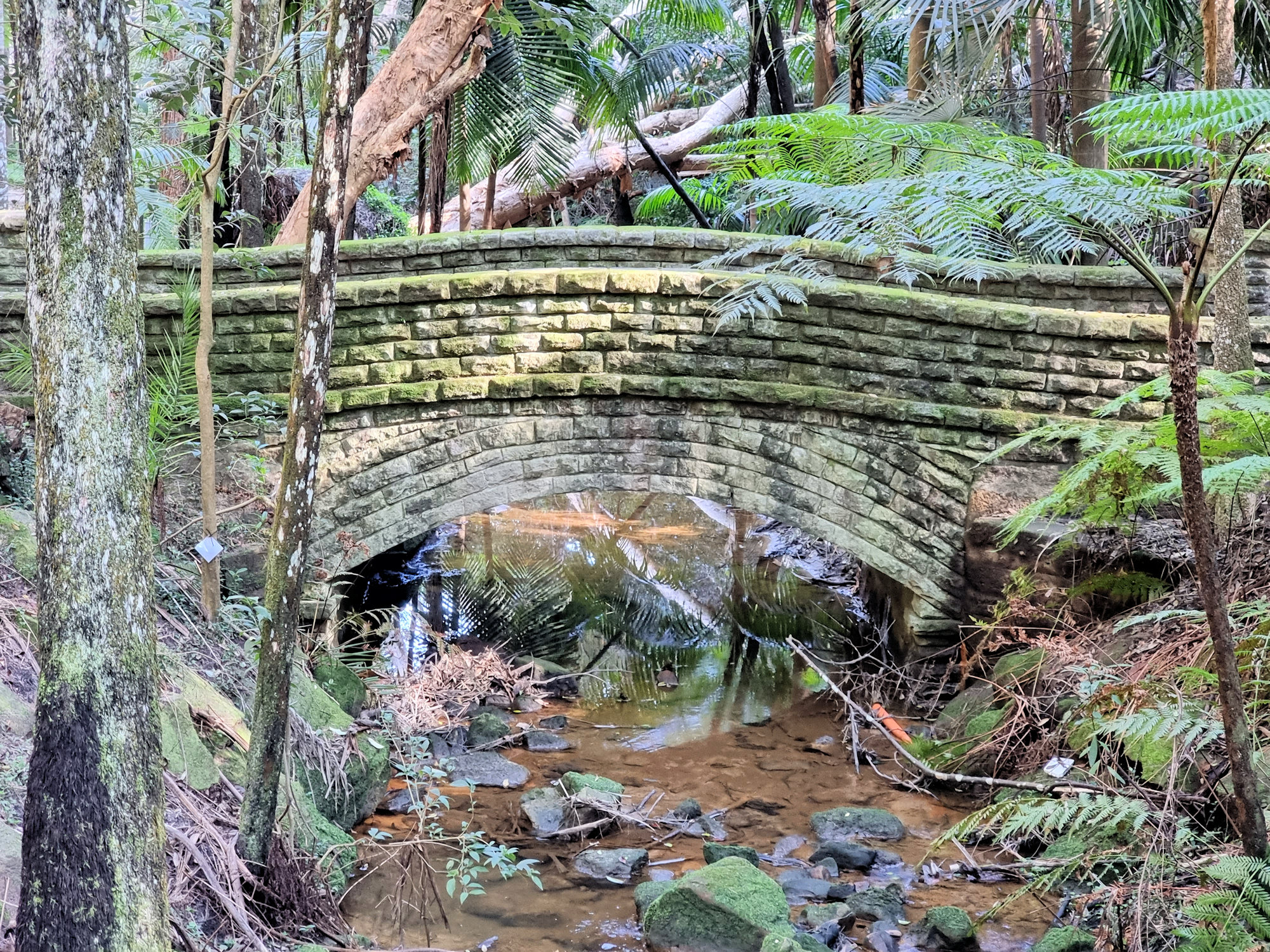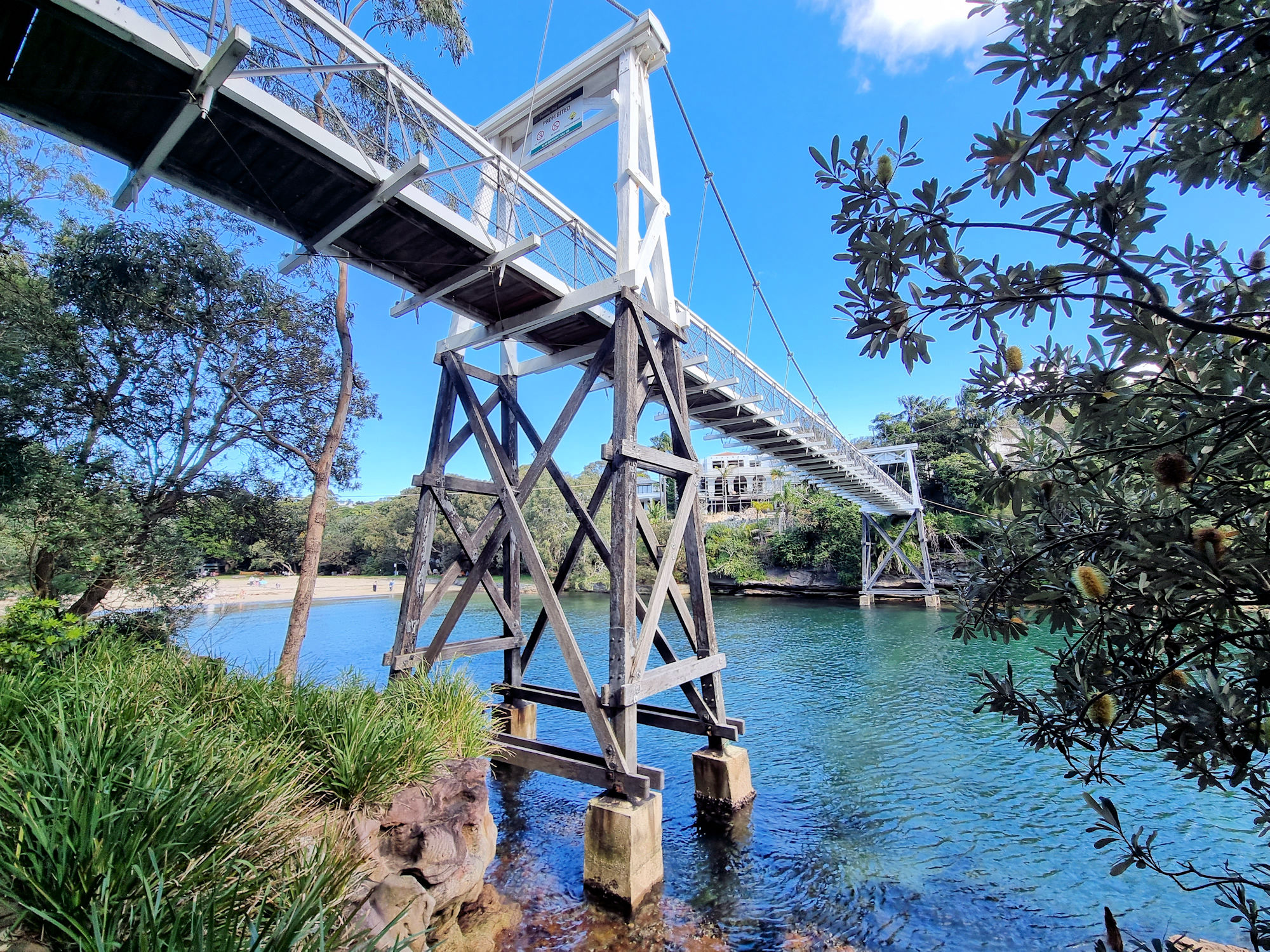Tag: Australia
-
Cooper Park Bushwalking in the City

Cooper Park Located in Bellevue Hill, Cooper Park covers 15 Ha of bushland in the centre of Sydney’s eastern suburbs. Donated to the Woollahra Council as a park in 1913 by Sir William Cooper the park covers a gully from Victoria Road, Bellevue Hill to Manning Road, Double Bay. With tennis courts and cricket nets… Read more
-
Parsley Bay Bridge and Beach

Parsley Bay Bridge Constructed in 1910, the cable suspension bridge over Parsley Bay connects both sides of the inlet while providing a great view of the beach and Sydney Harbour. Although originally built for practical reasons, it is now an attraction in itself, in addition to the lovely beach it overlooks. Getting There We walked… Read more
-
Hermitage Foreshore Walk Sydney Harbour
Hermitage Foreshore Walk at Vaucluse on Sydney Harbour Running from Hermitage Reserve to Nielson Park, the Hermitage Foreshore Walk is a great way to take in Sydney Harbour and views to the city. In addition, you pass several historical houses, which are worth a visit if opened. How to Get There We walked from Vaucluse… Read more